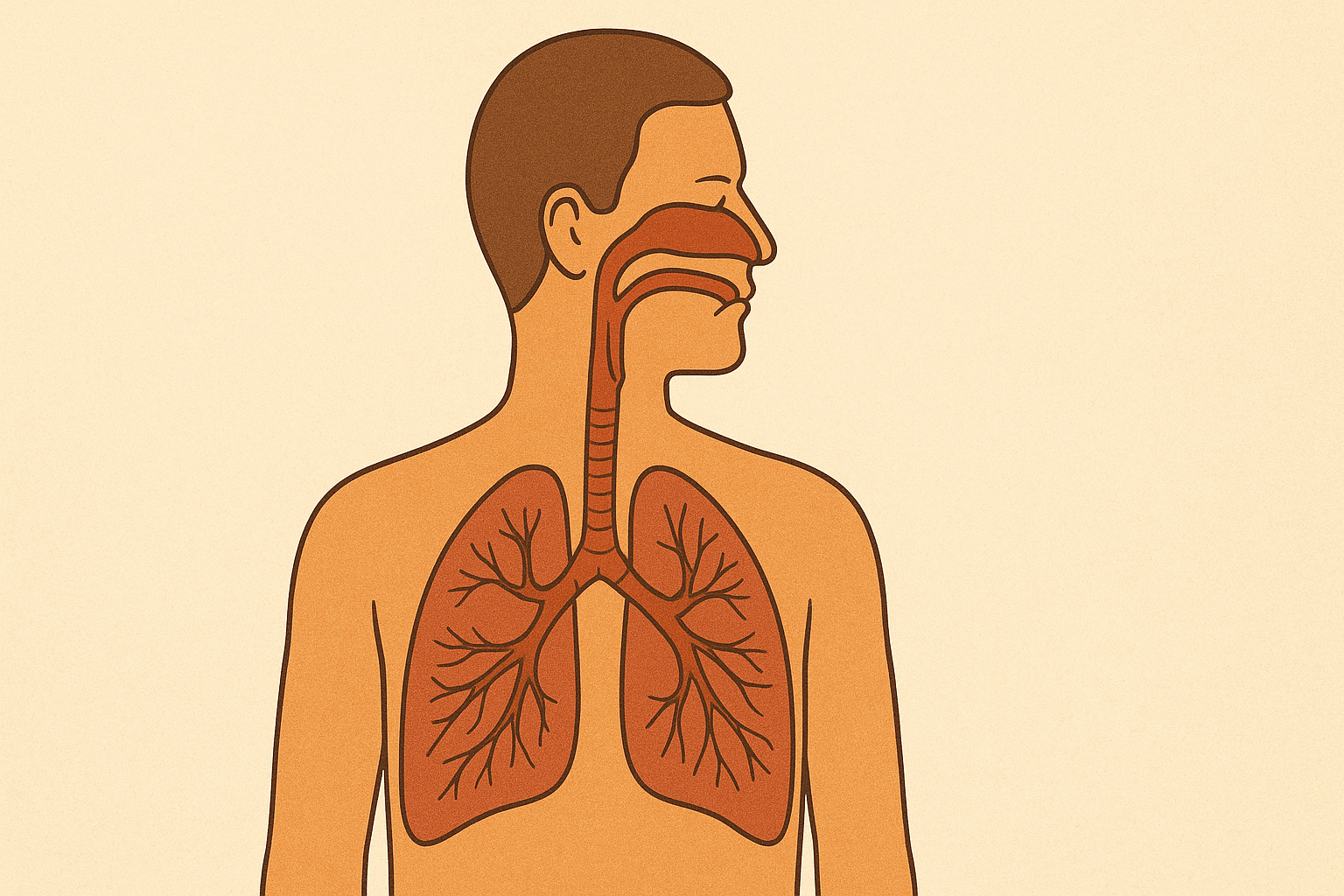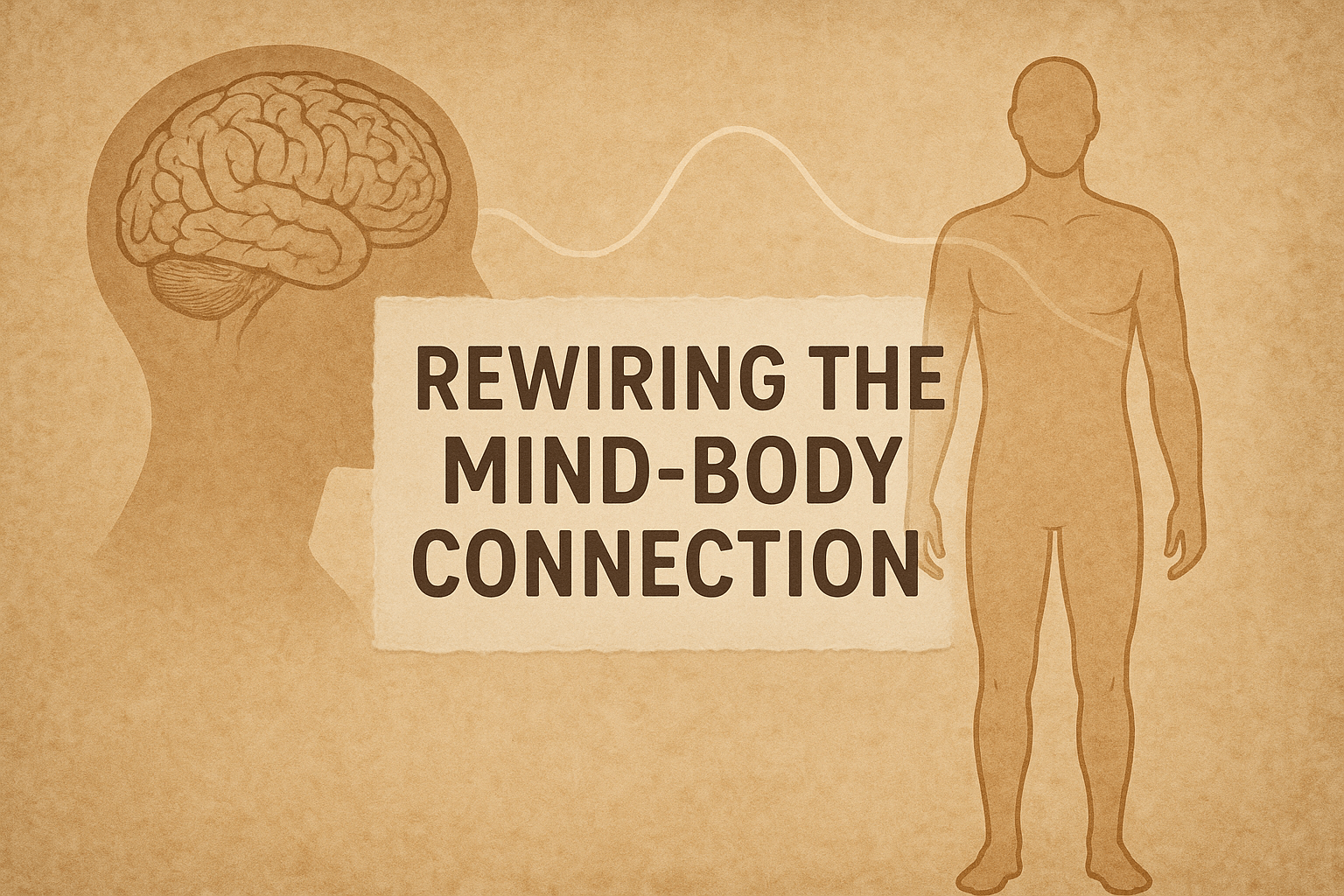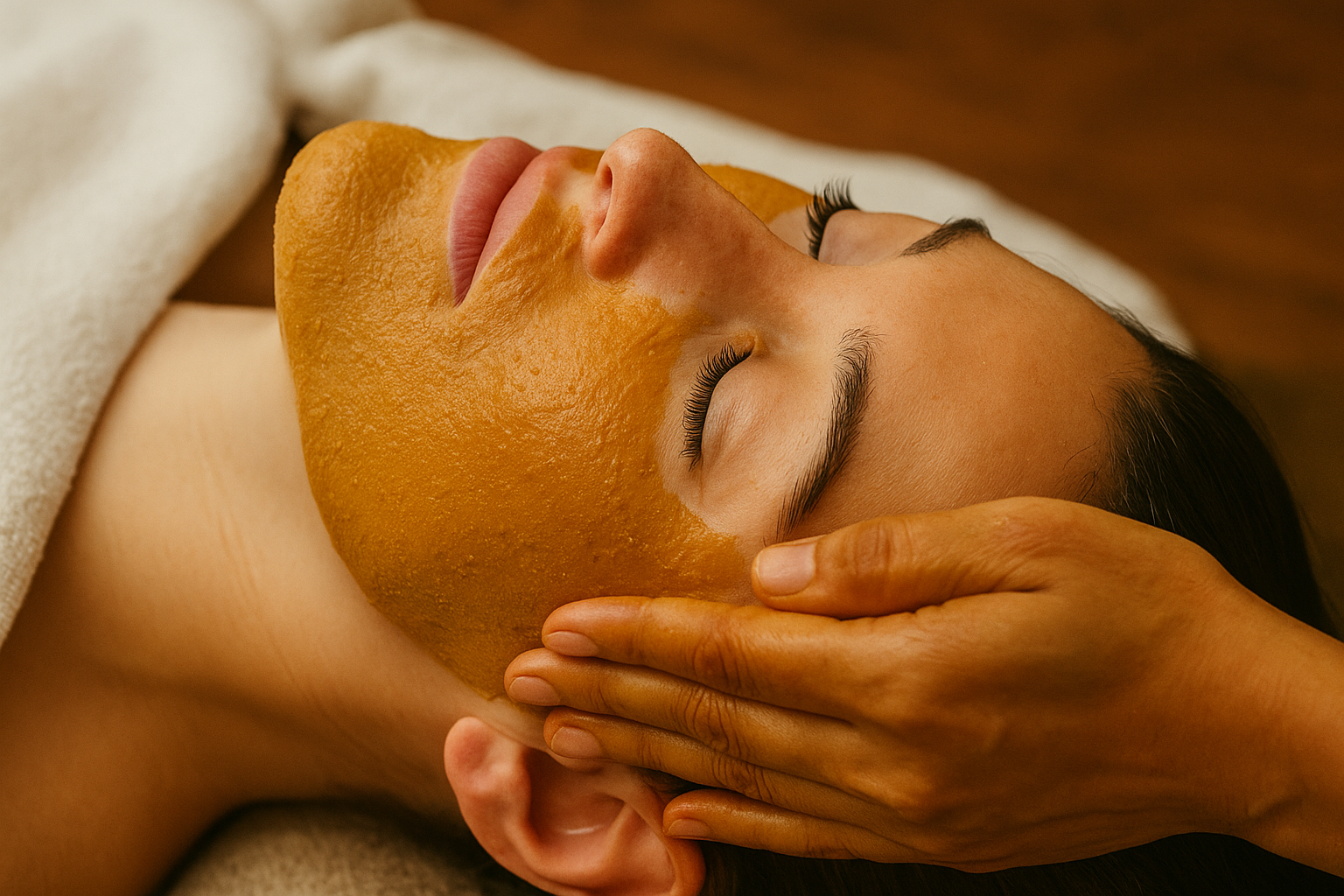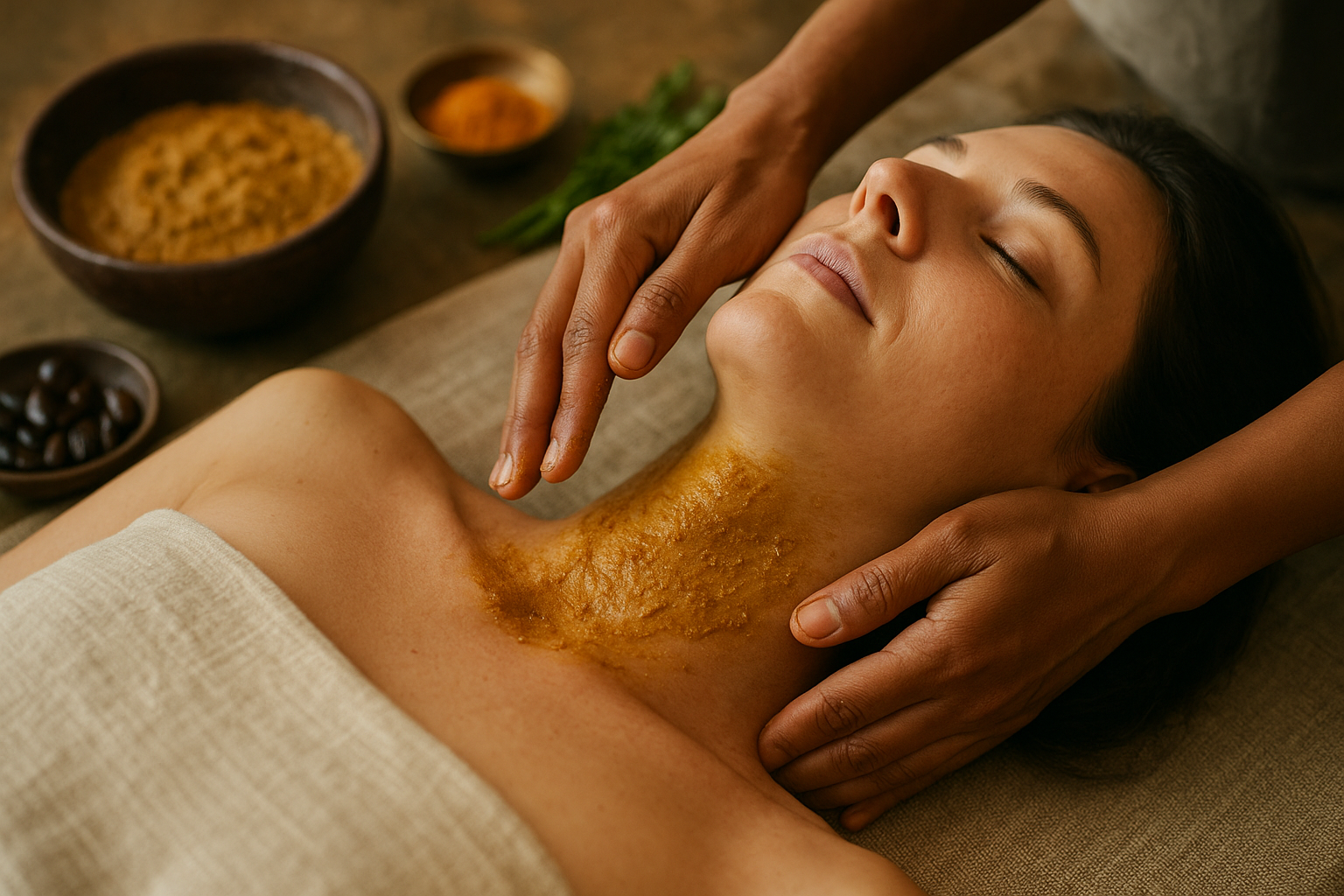It began with something as simple as a period that’s late by a week. Then a month! Yes, we initially stakeouts, the countless junk from last month! However, it repeated the next month as well. Soon, other signs also started to show up. The denim suddenly moved up two sizes, the hips questionably got wider, skin unacceptably got breakouts like it did in our teen years, accompanied by a heartbreaking hair loss! Fatigue also crept into the scene even after a full night’s sleep alongside extra hairgrowths.
This is how Polycystic Ovarian Disorder (PCOD) entered to most of our lives! Not as a sudden illness, but as a series of small disruptions in a woman’s everyday rhythm. Nearly one in ten women today face this, and most don’t even realise it at first.
What Really Happens Inside The Body Clock?
From a modern perspective, PCOD is like a stage cluttered with too many props and too little movement:
- Tiny fluid-filled sacs (cysts) line the ovaries like an unfinished row of pearls.
- Androgens, the hormones often seen as “masculine” surge, scattering facial hair and acne like discordant notes.
- Insulin resistance creeps in, making the body hold onto fat, especially around the midsection.
- A low-grade inflammation smolders, never dramatic but always present, like static in the background.
Through the Ayurvedic lens, this is not chaos without reason. It is a misalignment of forces:
- Kapha (the water element in the body) thickens and blocks the fine channels (Srotas), turning the reproductive tissue heavy and stagnant.
- Vata (the air element in the body), which governs movement, gets confused, ovulation becomes erratic, and cycles become irregular.
- Pitta (the fire element in the body), when provoked, adds its sharpness, causing acne flares, irritability, or sudden heat in the body.
These doshas entangle themselves in the deeper tissues like Rasa (plasma), Rakta (blood), Medas (fat), and above all, over the Artava Vaha Srotas, the delicate pathways of menstruation and fertility.
The Signs, When the Clock Ticks Unevenly
- Periods become elusive:
- Sometimes delayed for months
- Sometimes excessively heavy.
- The mirror reflects uninvited guests:
- Chin hair and unwanted hair growth over the body.
- Acne and severe breakouts, leaving stubborn scars.
- Sudden oily skin
- Energy feels trapped:
- Weight piles without reason.
- Moods swing without warning.
- Sleep is shallow, mind restless, and the once vibrant rhythm turns sluggish.
Ayurveda’s Approach: Resetting the Clock
Ayurveda doesn’t just push a button to restart; it recalibrates the entire mechanism.
1. Clearing the Pathways: The Spring Cleaning
Just as a clockmaker removes the dust before adjusting gears, Ayurveda begins with Shodhana (detoxification):
- Virechana (purgation) clears excess Pitta and metabolic residues.
- Basti (medicated enemas) balance Vata, the misfiring energy.
- Udwartana (herbal powder massage) scrapes off Kapha deposits and mobilizes fat.
2. Rekindling the Inner Fire: Powering the Clock
A sluggish metabolism (Mandagni) is like a weak battery. Simple, warm, light foods, barley gruel, horse gram soup, cumin-fennel tea, begin to stoke this inner flame.
3. Herbal Engineers: Fine-Tuning the Hormones
- Kanchnar Guggulu: melts cystic accumulations.
- Shatavari: nourishes the reproductive tissue without overloading it.
- Ashoka & Lodhra: support uterine strength and cycle regularity.
- Triphala: keeps the waste pathways open and clear.
4. Lifestyle: The Daily Winding of the Clock
- Movement: 30 minutes of brisk walking, Surya Namaskar, or gentle yoga.
- Sleep: Resting before 10 PM lets the body repair its rhythm naturally.
- Stress Hygiene: Meditation, pranayama, or simply switching off unnecessary screens.
When the Rhythm Returns
Women often describe the recovery as a soft sunrise: periods resume with less pain, skin clears like a polished mirror, weight begins to shift, and most importantly, a sense of balance returns. Modern research aligns with this ancient wisdom:
- Detoxification reduces inflammatory markers.
- Improved insulin sensitivity restarts ovulation.
- Mindful routines soothe the overactive adrenal-cortisol axis.
PCOD Is Not a Life Sentence
It is a pause, not a full stop. With patience, guided care, and a deeper understanding of your body’s rhythm, this city can be brought back to life, its festivals celebrated, its clocks chiming in harmony again.






